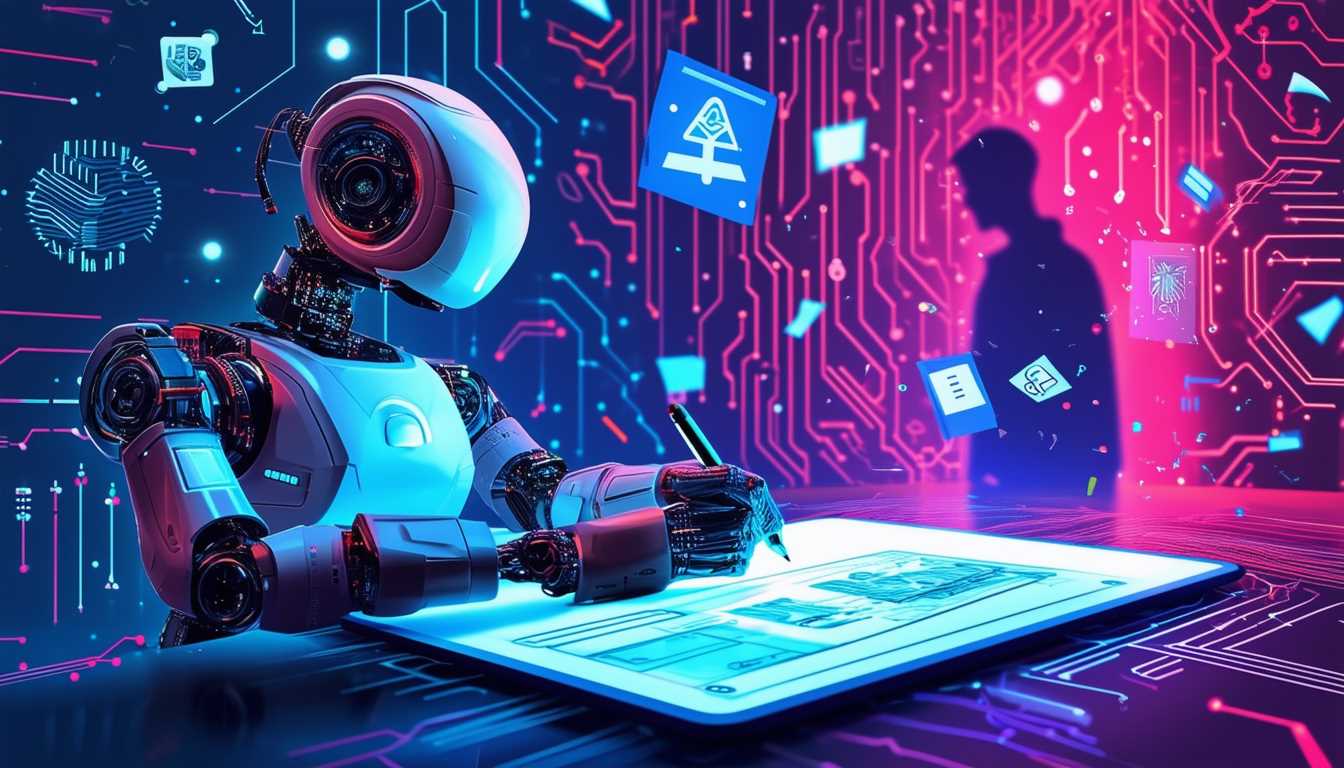In the ever-evolving world of graphic design, the integration of Artificial Intelligence (AI) has opened new avenues for creativity and innovation. Among the groundbreaking tools leading this charge is DALL-E, an AI model developed by OpenAI. This article delves into how DALL-E for graphic design is revolutionizing the way designers work, offering a fresh perspective on creativity and efficiency.

What is DALL-E?
DALL-E is an AI model that generates images from text descriptions. Developed by OpenAI, it uses a version of the GPT-3 model to understand and create visual content based on textual prompts. This capability allows designers to input creative ideas and receive visual representations, bridging the gap between imagination and reality.
The Impact of DALL-E on Graphic Design
The influence of DALL-E on graphic design is profound. By automating the initial phase of design creation, it frees designers to focus on refining their work, experimenting with new styles, and pushing creative boundaries. This technology is not just a tool but a co-creator in the artistic process.
Streamlining the Design Process
One of the most significant advantages of DALL-E is its ability to streamline the design process. By quickly generating design concepts from simple text prompts, it allows designers to explore multiple ideas rapidly. This feature is particularly beneficial in brainstorming sessions, where numerous concepts can be tested without the need for manual sketching.
Enhancing Creativity
DALL-E enhances creativity by offering unexpected and unique design ideas that a human might not conceive. Its ability to interpret abstract concepts and produce visual content opens new realms of creative exploration. For designers, this means a broader canvas to experiment with and a partner that challenges conventional thinking.
Applications of DALL-E in Graphic Design
The applications of DALL-E in graphic design are diverse, ranging from advertising to product design. Its ability to create high-quality images from text inputs makes it a valuable asset for various design projects.
Advertising and Branding
In advertising, DALL-E can generate compelling visuals that align with brand messaging. Its ability to interpret and visualize branding concepts helps create cohesive and impactful advertising campaigns. For branding, it enables the creation of unique logos and brand visuals that stand out in a competitive market.
Product Design
For product designers, DALL-E offers a tool to visualize product concepts quickly. Its ability to generate detailed product visuals from descriptions allows designers to iterate on ideas rapidly, facilitating a more efficient design process. This capability is invaluable in industries where time-to-market is critical.
Illustration and Art
Illustrators and artists can leverage DALL-E to create distinctive artwork. By inputting creative prompts, artists can explore new styles and techniques, expanding their artistic repertoire. This collaboration between AI and human creativity results in artwork that is both innovative and expressive.
Challenges and Considerations
While DALL-E offers numerous benefits, it also presents challenges. The reliance on AI-generated designs raises questions about originality and authorship. Designers must navigate these ethical considerations while incorporating AI into their workflows.
Ethical Implications
The use of AI in design prompts discussions about the ethical implications of AI-generated content. Designers must consider the impact of AI on their creative processes and the potential for AI to replicate existing designs inadvertently. Balancing AI’s capabilities with human creativity is crucial in maintaining the integrity of the design industry.
Technical Limitations
Despite its advanced capabilities, DALL-E has technical limitations. It may struggle with generating highly detailed or specific images, and its outputs can sometimes lack the nuance of human-created designs. Designers need to be aware of these limitations and use DALL-E as a complementary tool rather than a replacement.
Future of DALL-E in Graphic Design
The future of DALL-E in graphic design is promising. As AI technology continues to evolve, the capabilities of DALL-E are expected to expand, offering even more sophisticated tools for designers. This evolution will likely lead to new ways of thinking about design and creativity.
Integration with Other Tools
As part of its evolution, DALL-E is likely to integrate with other design tools, creating a seamless workflow for designers. This integration will enhance productivity and allow for more complex design projects to be undertaken with ease.
Expanding Creative Possibilities
With ongoing advancements, DALL-E will continue to expand the creative possibilities for designers. By providing a platform for experimentation and innovation, it will inspire new design trends and encourage designers to push the boundaries of what is possible.
Conclusion
DALL-E for graphic design represents a significant leap forward in the integration of AI and creativity. By offering a tool that enhances and complements human creativity, it empowers designers to explore new horizons and redefine the boundaries of graphic design. As AI technology continues to advance, the potential for DALL-E and similar tools to transform the design industry is immense, promising a future where creativity knows no bounds.

FAQs
How does DALL-E generate images?
DALL-E uses a form of AI that analyzes text descriptions to create corresponding images. It leverages a neural network to interpret text and generate visual representations.
Can DALL-E replace human designers?
No, DALL-E is designed to assist, not replace, human designers. It serves as a tool to enhance productivity and creativity, allowing designers to focus on more complex aspects of their projects.
What are the limitations of DALL-E?
While DALL-E is powerful, it has limitations such as difficulty in generating highly detailed images and the potential for creating designs that lack human nuance. Designers should use it as a complementary tool alongside traditional design methods.
For further insights into AI applications in design, you can explore AI for Graphic Design or learn how AI is influencing artistic processes through AI for Artistic Expression. Additionally, external resources such as AI Graphic Design Tools provide broader insights into AI’s role in the creative industry.







